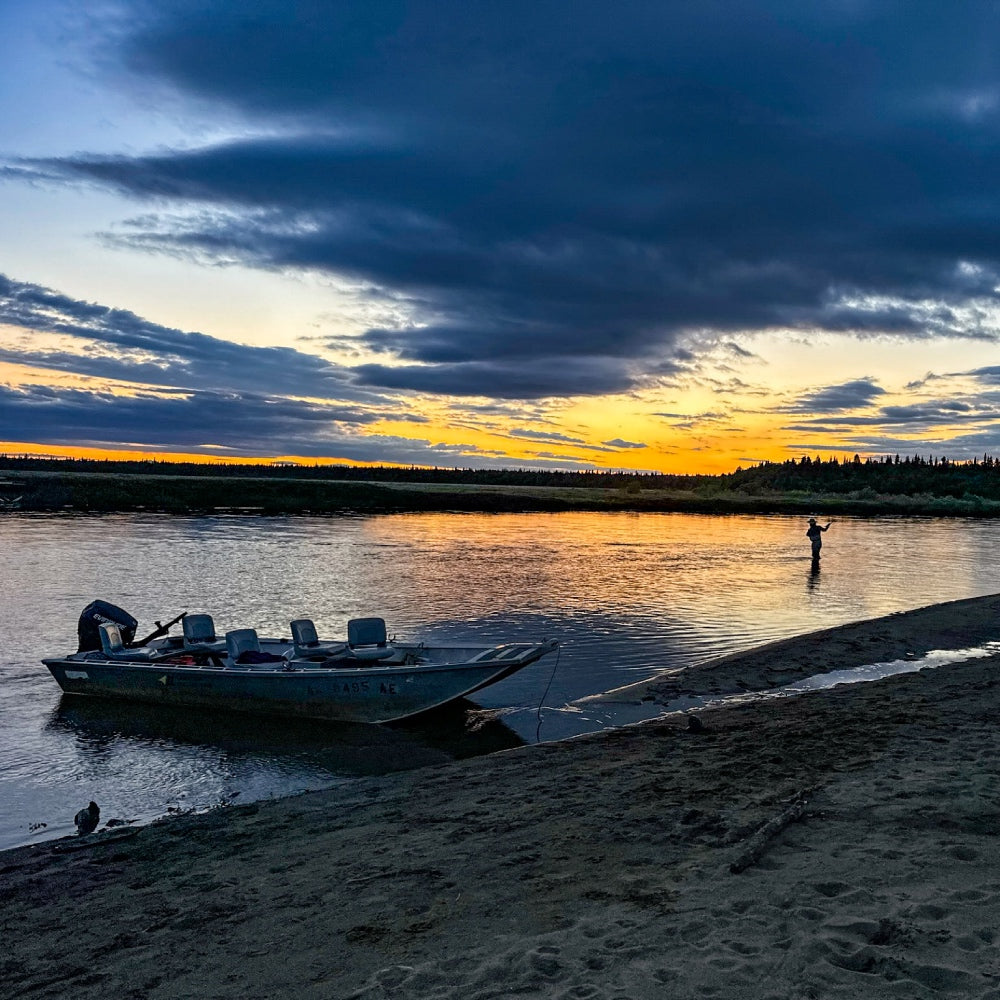The Social Circle of Socks

Like many in this world, I’ve spent more time on my own in the last 12 months than I’m comfortable with. As a single woman living alone, daily social connections aren’t just something I’m grateful for. They’re critical to my mental health, my emotional soul, and, indirectly, my physical wellbeing.
So when pandemic culture tore us apart from our basic friendships, my headspace got pretty lonely – not unlike a lost puppy; not unlike an orphaned sock.
Finding Soul in a Single Sole
Don’t get me wrong. I’m not saying single socks don’t ever serve a purpose. They just need to be modified from their intended activities.

Farmers’ Almanac tells me I can repurpose a single sock into a reusable coffee sleeve or fill one with (clean) kitty litter and dehumidify my soggy snowboard boots. And you know what? Sometimes those small silica gel packets meant for that exact purpose just aren’t substantial enough for a heinous job. So mad respect to the power of a single sock for taking that on.
And the lost puppy? Well, I can tie a sock into a knot and, voilà! Self-made chew toy. (Single socks and lonely people are equally resourceful like that.)

But as sockmaking goes, their intended purpose is to be used in pairs (assuming you have a pair of feet to use) for joint adventures. You can argue all you want that this world has plenty of opportunities to celebrate the independence of solo socks and that singlism is culturally (and wrongly) stigmatized. Yet in spite of all the DIY consolation hacks or the 34.3 million Google theories about what to do with missing socks, the bottom line is: we’re not satisfied operating alone.
We crave solutions for our lonely socks. We crave companionship for our lonely souls. And it’s not admitting stigmatic defeat that you can’t 5-minute-craft it on your own. It’s reveling in our hard-wired neurobiology that human beings are born to connect – whether that’s with a partner, friend, family member, or total stranger.
Like, have you ever tried hiking with one sock? (Not because you proactively chose to… but, you know, whatever, weird things sometimes happen. And because rhetorical stories.) If the sheer discomfort doesn’t rub you the wrong way, the blisters eventually will. And suddenly, your one sock strategy kinda sucks.
So there you go. Pairs.
Prospering in Pairs

Our world is designed for us to flourish together, not alone. True, there are some perks to aloneness that give you a huge psychological boon. Finding solo solitude in a quiet mountain cabin is one of them… until you tear your ACL and can’t even hobble to the toilet, to your bedroom or to the car that will take you to your MRI.
Suddenly, your friends aren’t just critical for your social and spiritual prosperity, but for your tangible, visible health. Their unhesitating act of packing your belongings into your truck so you can move in with your also-single mom for three months who has joyously (though sympathetically) offered to cook your meals, drive you to surgery, and carry your ice machine from room to room simply in exchange for your company is a blatant reminder that we.are.not.meant.to.do.this.alone.
Nor should we. After all, ACL reconstruction isn’t something you can learn by YouTubing. Patient needs surgeon. Surgeon needs patient. Daughter needs mom. Mom needs daughter.

This kind of dualism exists everywhere. It’s necessary for both the creation and sustenance of life. And it’s just as important to nurture that yin-yang from within, as it is to find it externally.
As I began the nine-month ACL rehab process, it was quickly apparent that my mental flow was as disjoined as my physical capabilities. While my muscles atrophied, my mind languished – each unit operating independently, neither one nourishing the other, yet both contributing to the constant anxiety, frustration, and grief I’ve experienced in the past 12 months.
Stitching Together a Stronger Bond
Of course, therein lies the ultimate rehab goal: regenerate the mind, regrow the body. Strengthen the body, stimulate the mind. Each unit symbiotically depends on the other. Just like socks. Just like people. And that’s maybe the most important part here. They need you just as much as you need them.
My daily rehab walks have become opportunities to stroll with new and old friends, many of us feeling orphaned by the pandemic’s challenges in some way or another. And while we openly share the struggles that we’ve faced alone in the last 12 months, it’s the journey together that has begun to stitch us whole again, one slow step at a time. After all, we go a lot further walking with two socks, not one.

About the Author
Steph Nitsch makes words by day and snowboards by night. She’s dually based in British Columbia and Utah, finding inspiration in mountains, bikes, and a good night’s sleep. Learn more at stephanienitsch.com.







